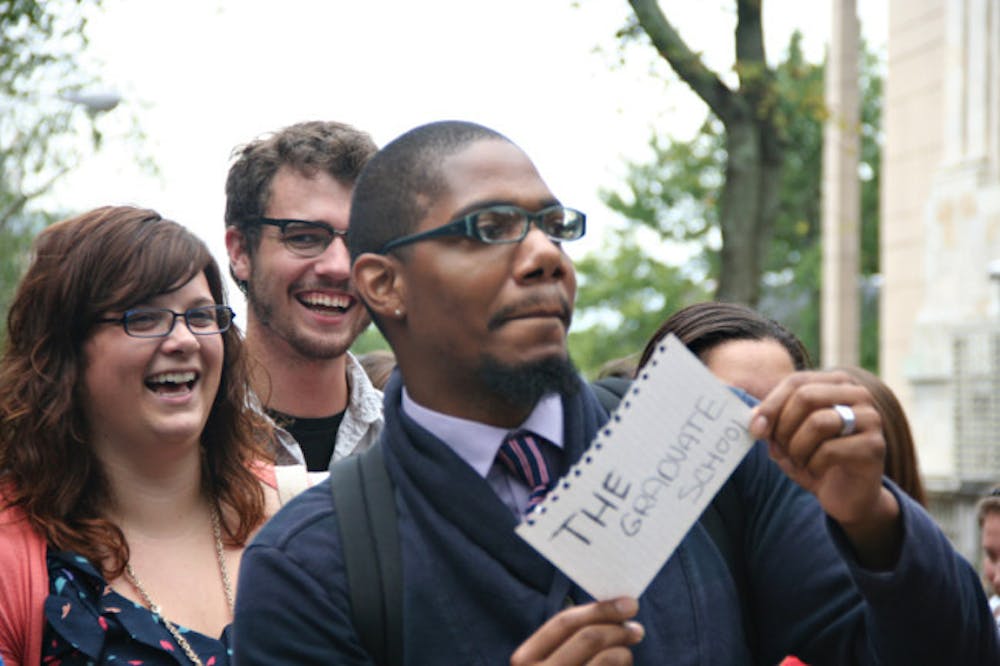The number of applicants to the University’s graduate programs has remained relatively consistent compared to this time last year, rising by less than 1 percent. As of Jan. 23, the Graduate School had received 8,639 applications, marking a slight dip from the 8,699 applications received by the same time last winter, wrote Beverly Larson, communications director for the Grad School and the Office of the Vice President for Research, in an email to The Herald.
Though the application deadlines for doctoral programs range from Dec. 1 to Jan. 15, the national application cycle is nowhere near over. With application deadlines for master’s programs extending into June, “It’s too early to say if we are now on a tiny downward trend or if it’s just noise from year to year,” said Peter Weber, dean of the Grad School and professor of chemistry.
Larson agreed, noting that it is still too early in the graduate application process to make substantive and accurate predictions or conclusions.
Breaking down the applications by degree level reveals a slight drop in the number of doctoral applicants and an increase in the number of master’s applicants since last year. Of the current applicant pool, 5,889 applicants are seeking admission to doctoral programs, marking a 2 percent decrease from 2014, Larson wrote. Master’s program applications have increased by 4 percent to 2,749 applications total, he wrote.
The diversity of Grad School applicants has also seen small increases in regards to the number of applicants who identify as people of color, Larson said. International student interest in graduate programs has risen incrementally, with international applicants hailing from 120 countries. The most heavily represented countries in the graduate applicant pool are China, India, Canada and Taiwan.
Grad School applications have seen an overall increase since the mid-2000s, when many hesitated to pursue graduate study in the wake of the financial crisis, Weber said. “I am quite confident that as time develops, we will see very positive changes” in the number of applicants due to Grad School initiatives such as fellowships and mentorship programs, he said.
According to a survey conducted by CareerLAB, approximately 22 percent of the class of 2013 indicated plans to pursue full-time graduate or professional study after graduation. Data for the class of 2014 is not yet available.
A Brown graduate student working in admissions, who asked to remain anonymous due to concern over possible sanctions from the university that employs her, cited the University’s graduate programs’ “familial feel” and openness between departments as strengths that attract applicants and distinguish the Grad School from larger, more academically inflexible institutions.





